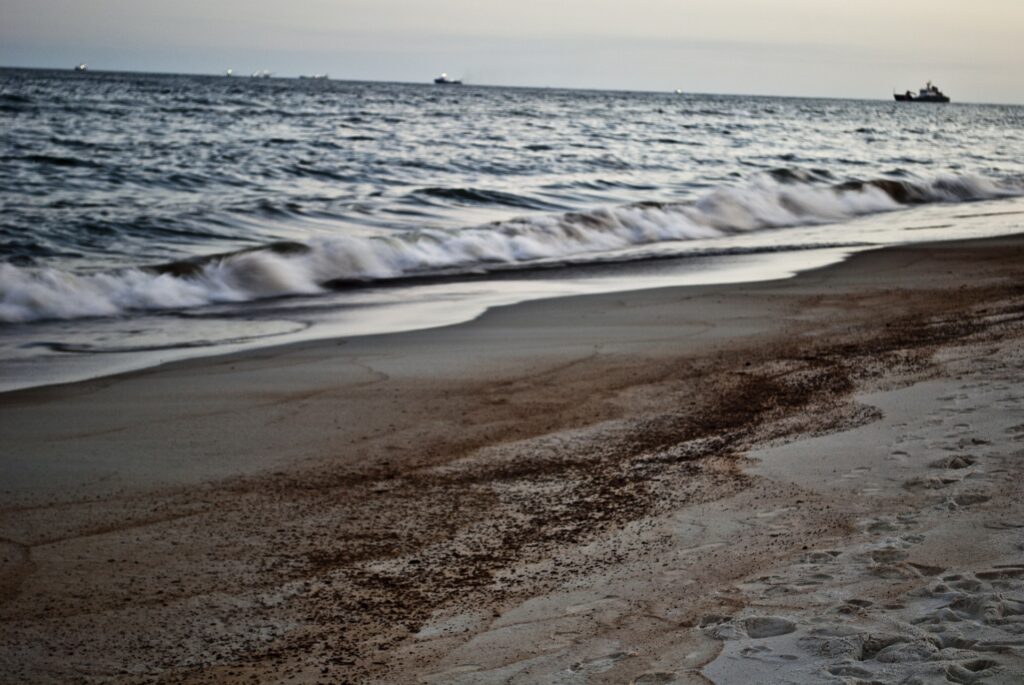
ACE Environmental has tackled some of the largest and most challenging oil spills throughout the Mid-Atlantic. Small and large-scale spills occur every day and these two notable oil spills not only caused devastation on the environment, but severely damaged the ecosystem and economy as well.
On April 20, 2010, officials aboard the Deepwater Horizon gathered to celebrate the rig’s seven years of injury-free operations. Ironically, later that same evening, a jolt would set off warning lights on the bridge monitors. Before anyone had time to react, a second jolt signaled an explosion and the beginning of the now-infamous Deepwater Horizon oil spill. It injured 17 workers and killed eleven shortly before 11 pm (EST), and began leaking an estimated 8,000 barrels per day. What followed was both an inspiring global effort to reduce the effects of the disaster and one of the most devastating ocean disasters of all time. But this incident wasn’t even the worst environmental disaster on the sea. That rank belongs to a tanker incident decades before when, on March 23, 1989, the Exxon Valdez hit Bligh Reef and dumped its cargo into the Prince William Sound.
A Small Leak with Huge Consequences
While Deepwater Horizon was devastating in scope and its effects on deep-sea ecosystems, it was the Exxon Valdez incident that turned ten thousand square miles of shoreline black. This included state parks and national forests, animal sanctuaries and refuges, and several critical habitat areas.
Prince William Sound no longer visibly shows the signs of the devastation that followed, but a shallow dig at the shore unearths contaminated, slick residue. While the majority was cleaned up, the fraction that remains is not degrading and remains toxic.
What Are the Environmental Impacts of These Events?
For many animals, escaping the mess itself is no guarantee of survival. Ecosystems continue to be affected in many ways long after containment.
Destruction of Breeding Grounds
Many species use the shoreline to breed and nest. Sea turtles and their eggs can be hurt by contaminated soil and sand, and the surviving hatchlings become covered in chemicals as they run for the ocean. As in the above example, dwindling packets of wildlife are no match for predators.
Contaminated Ecosystems, Marshes, and Beaches
Oil clings to everything it touches along the shore, including grasses and fibrous plants. This not only destroys the flora, but it also contaminates areas used by native wildlife.
Damages Are More Than Surface Deep
While chemicals initially float on the surface of the water, they’ll sink over time. When it does, the destruction reaches deep into fragile marine ecosystems and kills wildlife outright or contaminates food sources.
Marine Mammals are Victims
Whether it’s coating the fur of seals and otters, leaving them prone to hypothermia, or clogging the blowholes of dolphins and whales and disrupting their ability to communicate and breathe, marine mammals frequently find themselves in danger following an occurrence. If the animals survive the initial spill, they find their food sources poisoned.
Sea Birds
Birds that dive for food or swim in contaminated waters become drenched in the waste, which prevents them from flying. It destroys their feathers, putting them at risk of heat stroke or hypothermia. They attempt to preen their feathers and are poisoned by the toxins they swallow. The contaminated beaches no longer offer a resting place or food for migratory birds.
Devastating Effects on Humans
We aren’t immune from these harmful effects. Various food and drink sources are tainted following this kind of catastrophe. In addition, tourism, fishing, and other marine industries are disrupted or destroyed.
These Events Are More Common than You Think
Although large-scale spills are thankfully rare, thousands of smaller ones occur every day. Even small incidents, like runoff during a refuel or chemical waste washing into a storm drain, can have a devastating effect on the environment. It is vital in every spill situation to identify and eliminate the source, contain the spill and begin immediate remediation before larger and more damaging problems occur.
ACE Environmental is committed to solving environmental challenges such as these near storm drains or in rivers, streams, lakes, and other waterways and are available 24/7 for all your emergency cleanup needs. Contact us now to learn more about the ways ACE Environmental’s solutions are helping save the environment.
